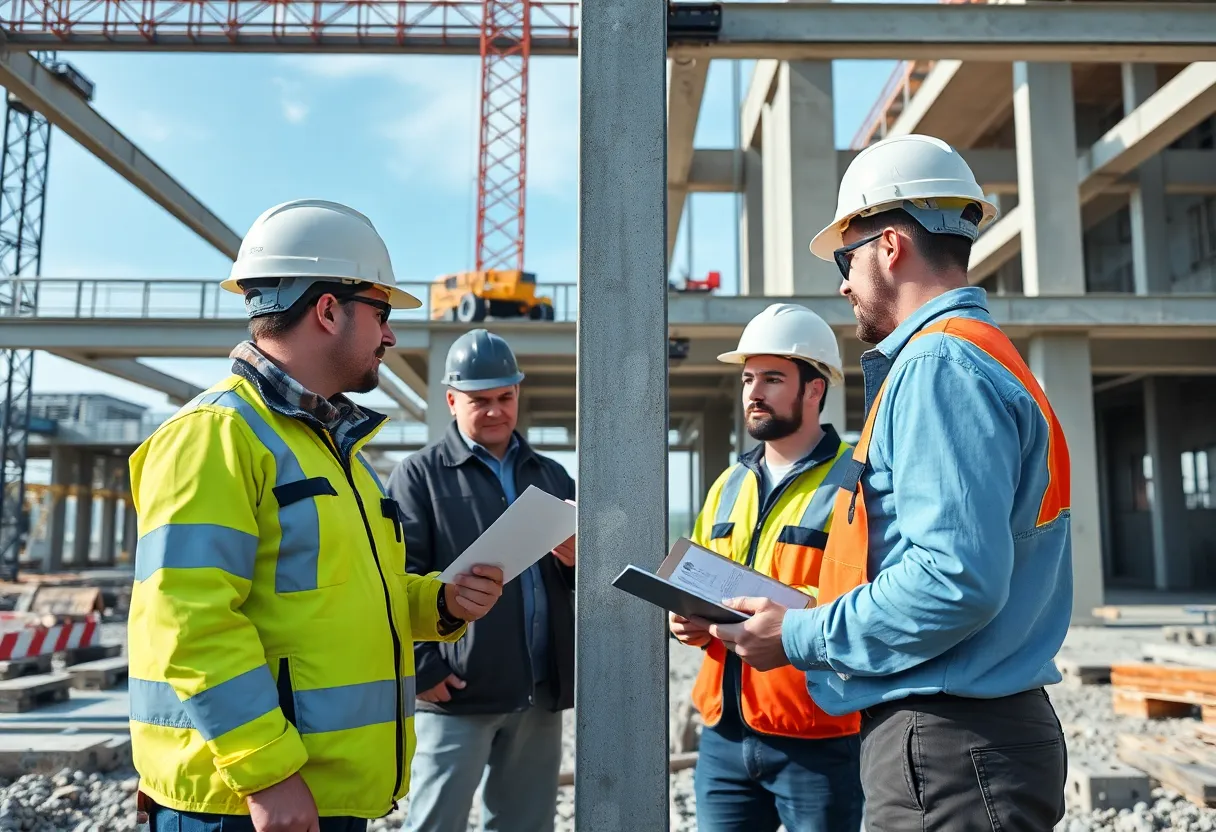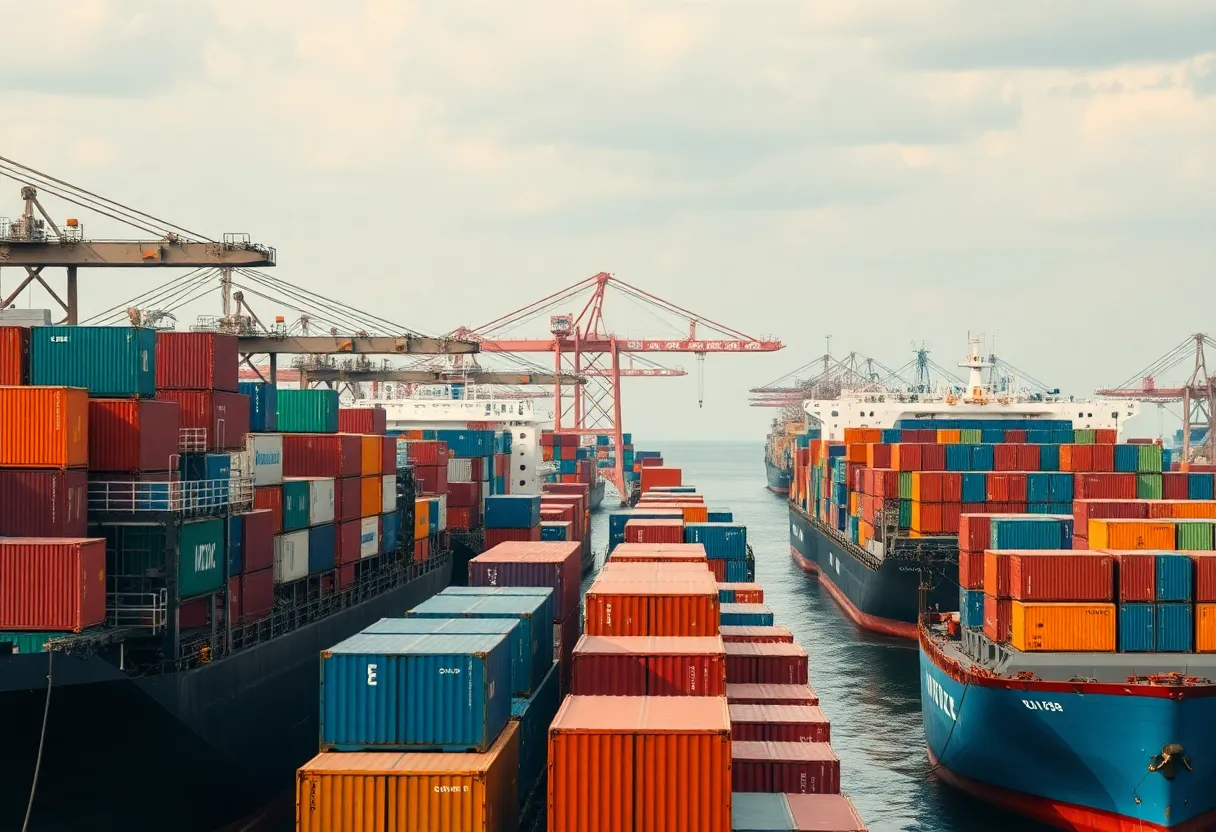Benefits of Post-Installed Structural Connections
Introduction
Post-installed connections have become a critical component of modern structural engineering. As construction demands evolve, engineers and architects seek solutions that offer adaptability, efficiency, and reliability. These connections are specifically engineered to join structural elements after they have been installed, which opens a realm of possibilities for infrastructure development. This article delves into the numerous benefits of post-installed connections, focusing particularly on DTFC (Dowels and Tie Systems for Field Connections) and how they contribute to innovative structural solutions.
Increased Flexibility in Design
The advent of post-installed connections allows for unprecedented design flexibility. Structural engineers can create complex geometries that were previously considered unworkable. By utilizing anchors and dowels that are installed post-construction, various structural components can be adjusted or realigned without significant demolition or rework. This flexibility is crucial in modern architecture, where aesthetic appeal often drives structural design.
Adapting to Site Constraints
Construction sites are rarely perfect. Space limitations, environmental factors, and existing structures often impose constraints on new designs. DTFC systems facilitate the integration of new elements into pre-existing frameworks. The ability to make adjustments on-site provides architects and engineers with the tools necessary to adapt to challenging conditions, thereby minimizing delays and ensuring project completion.
Enhanced Structural Performance
Structural integrity is paramount, and the durability of the connection plays a significant role in overall performance. Post-installed connections often utilize advanced materials that are specifically designed for strength and load-bearing capabilities. These connections can enhance the structural performance of multiple elements, increasing longevity and reducing maintenance costs.
Load Distribution and Stability
One of the core functionalities of DTFC systems lies in their ability to improve load distribution. When installed correctly, these connections ensure that loads are transferred evenly across the structural elements. As a result, the likelihood of failure diminishes, and building stability increases, which can be especially important in seismic regions where loads are unpredictable.
Cost-Effectiveness
Cost considerations are always a focal point in construction projects. Post-installed connections can contribute to significant cost savings. Firstly, the ease of installation reduces labor expenses. Secondly, the adaptability of DTFC systems minimizes the need for extensive modifications to existing structures.
Reduced Construction Time
Time is money in construction. Post-installed connections enable faster construction schedules due to their simple application and adaptability. Teams can implement changes swiftly without halting overall progress on the site, which leads to projects being completed on time or even ahead of schedule.
Improved Safety Standards
The safety of construction sites is a top priority. Engineering solutions must adhere to established standards to protect workers and ensure structural reliability. Post-installed connections enhance safety by providing robust options for securing structural components.
Quality Assurance and Control
By allowing for precise installation techniques, DTFC systems improve quality assurance throughout the construction process. Engineers can monitor the installation closely, ensuring compliance with safety standards and reducing the risk of errors that could potentially lead to structural failures.
Environmental Benefits
In an era where sustainability is becoming paramount, the environmental benefits of post-installed connections cannot be overlooked. The ability to adapt and modify existing structures leads to less waste and a more efficient use of resources.
Material Efficiency
Installation after structural placement allows for selective and minimal use of materials. This conservational approach aligns with modern sustainable building practices, allowing engineers to specify only what is necessary for performance without excess.
Conclusion
Understanding the benefits of post-installed connections is essential for engineers, architects, and stakeholders in the construction industry. From increased design flexibility and enhanced structural performance to cost-effectiveness and improved safety, the advantages are numerous and impactful. DTFC systems exemplify innovation in structural connections, showcasing the potential for adaptable and reliable solutions. As the industry moves forward, embracing these advanced technologies will be crucial for meeting evolving demands and ensuring lasting structural integrity.







